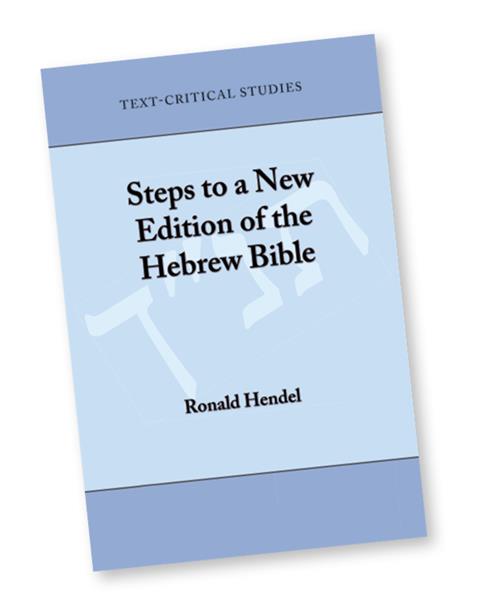Reviews: Fashioning a New Bible: Why and How?

Ronald Hendel has written a wonderfully erudite book about the arcane world of textual criticism of the Hebrew Bible. He demonstrates mastery of the subject on every page, as he cites not only the standard surveys of the field (from Julius Wellhausen of yore to Emanuel Tov of today), but also more obscure and narrower studies on particular passages, along with general treatments that reach beyond Biblical studies into other fields within the humanities.
With such an opening paragraph, one might expect me to give this book a glowing review. And, of course, I would, except that I personally hold to the polar opposite view to the one promoted by Hendel.
About 20 years ago, Hendel conceived of a new project—nothing less than a new edition of the Hebrew Bible, starting from scratch. To appreciate what that entails, some background is required.
There have been two types of editions in the history of the humanities: diplomatic and eclectic. With a diplomatic edition, the scholar (or team of scholars) decides which historical manuscript is the best one. This manuscript is then painstakingly transcribed into regular printed font and presented as the main text, with any variants that appear in other manuscripts relegated to the bottom of the page, in what scholars call the critical apparatus.
For an eclectic edition, the scholars sift through all of the available manuscripts and select the best reading for each verse or passage. With this approach, the final product is posited to be the best possible reconstruction of the Urtext (the original text), whether or not such a text ever existed.
Already a library member? Log in here.
Institution user? Log in with your IP address.

